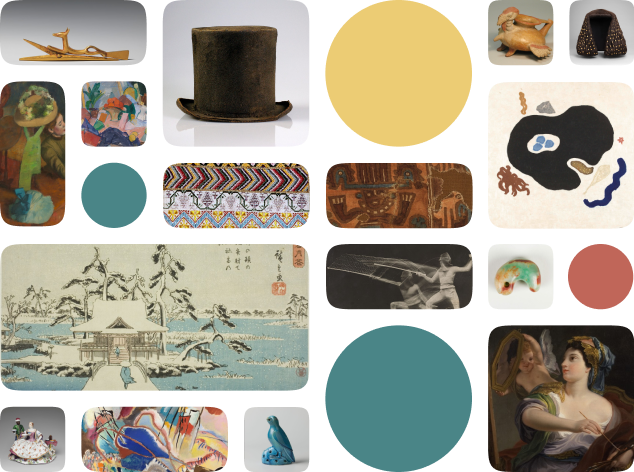"Mihrab" Plaque
Creator Name
Cultural Context
Date
Source
About the work
A mihrab is a niche in a mosque or other Muslim religious building that indicates the direction for prayer toward Mecca, recalling the place where the Prophet Muhammad stood to lead the early Muslim community in prayer. Ceramic plaques in the shape of mihrabs are often found in shrines and mausoleums and on tombstones and cenotaphs (funerary monuments), where they may have had a commemorative or memorial function.With its combination of molded and painted decoration, this blue and brown lusterware work is typical of ceramic "mihrab" plaques made in medieval Iran. The large inscription in the outer frame begins with the "bismallah" ("In the name of God, the Merciful, the Compassionate") and continues with a Qur'anic verse that refers directly ...
Work details
Title
Creator
Worktype
Cultural Context
Material
Dimensions
Technique
Language
Date
Provenance
Style Period
Rights
Inscription
Location
Source
Subjects
Topic
Curationist Metadata Contributors
All Works in Curationist’s archives can be reproduced and used freely. How to attribute this Work:
Help us improve this content!
Save this work.
